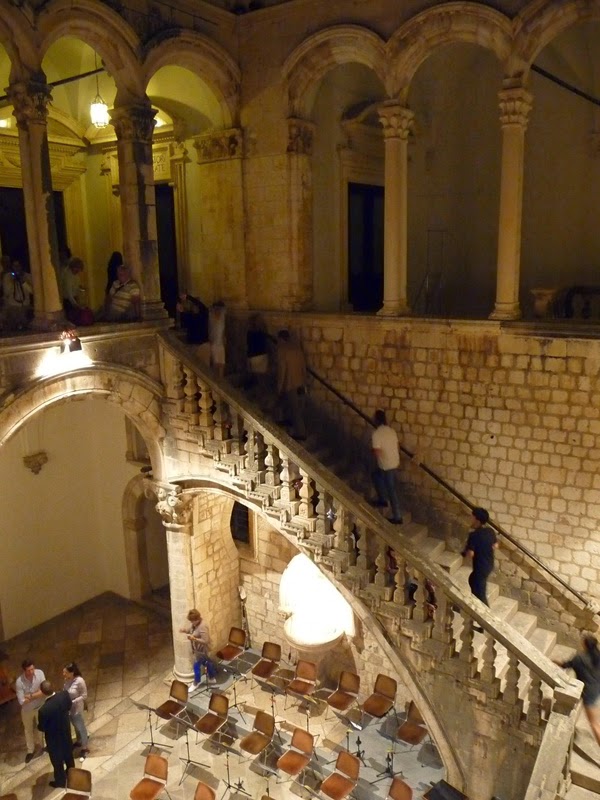It might be the world's most remote speck of land.
- 3,500 km off the coast of sovereign Chile
- over 4,000 km from its earliest settlers' origin inTahiti.
- 2,075 km from its closest human neighbours - the 100 people of Pitcairn Island (Mutiny on the Bounty).
A low-slung sliver of volcanic tuft reaching blackened fingers into the endless sea.

The sheer isolation and beauty of this spec of land would be enough to make it an intriguing destination for explorers. But the enigma of a "lost civilization" creates an irresistible pull. Scattered across the island are immense Moai - heads carved out of volcanic stone - staring intently out to sea with blank, hooded eyes.
These monoliths, a few petroglyphs and a cluster of stone huts on a promontory are the only structural remnants of what was an complex and advanced society.
The people of Rapa Nui are still here - several thousands of descendants of a people beaten down by kidnapping and slavery (taken to the guano mines in Peru), colonization (a French sheep baron who 'owned' the island until killed in an uprising) and diseases brought back when exiles were repatriated.

Their oral histories and archaeology have revealed a fascinating story of competing villages who 'ordered' stone representations of their ancestors to protect them from the sea and from each other.
The Moai, who actually have torsos and arms, with hands folded across their bellies, were arranged on Ahu, solid stone platforms at strategic points between the village and the perceived threat.
Conflicts involved toppling and smashing the rival villages "protectors". The island's forests, it is said, were toppled so tree trunks could be used to move the Moai from the volcanic cone where they were carved to their final destination. The loss of the forests led to erosion and exposure sowing the seeds for the civilization's decline. The story is often used as a metaphor for how we as a species are despoiling our own planet.
Rapa Nui has many fascinating side stories. The 'nursery' is the volcanic cliff on one side of the island where all of the island's Moai were carved. Apparently rival villages 'ordered' their figures from the same carvers who may also have carved 'on spec' and created a showroom of their work on the lower slopes.

The crater of Rano Kao, one of three volcanes that created the mid-Pacific island, has sides so steep that modern civilization (cattle, cats and dogs) have not disturbed the original ecosystem. It's a living time capsule that helps us understand the uniquely evolved flora and fauna of this isolated spec of land.

Orongo, a ceremonial village of flat-stone huts looks out over the sea on the slopes of the volcano, and appears to have been used only for ceremonial purposes.
Young men staged a competition each spring to welcome the new season. They scrambling down the immense cliff, swam to a small rock outcropping to find the first bird egg of the season, swam back to the main island and climbed back up the cliff. The first one back brought honour to his family/tribe.
Many of the old customs are being rediscovered and revived by the proud Rapa Nuis. Culturally Polynesian, Spanish-speaking, they study the old way and revive traditions - contributing both to the revival of collective memories and to a thriving tourism industry,
Rapa Nui / Easter Island may be one of the most isolated spots on earth, but the reward for making the effort is a chance to learn about a civilization unlike any in the world, a cautionary take for how we seek material advancement at any price.

But it is also a welcoming destination that offers unsurpassed beauty, exceptional hospitality and more than a few bragging rights.

- 30 -



















































